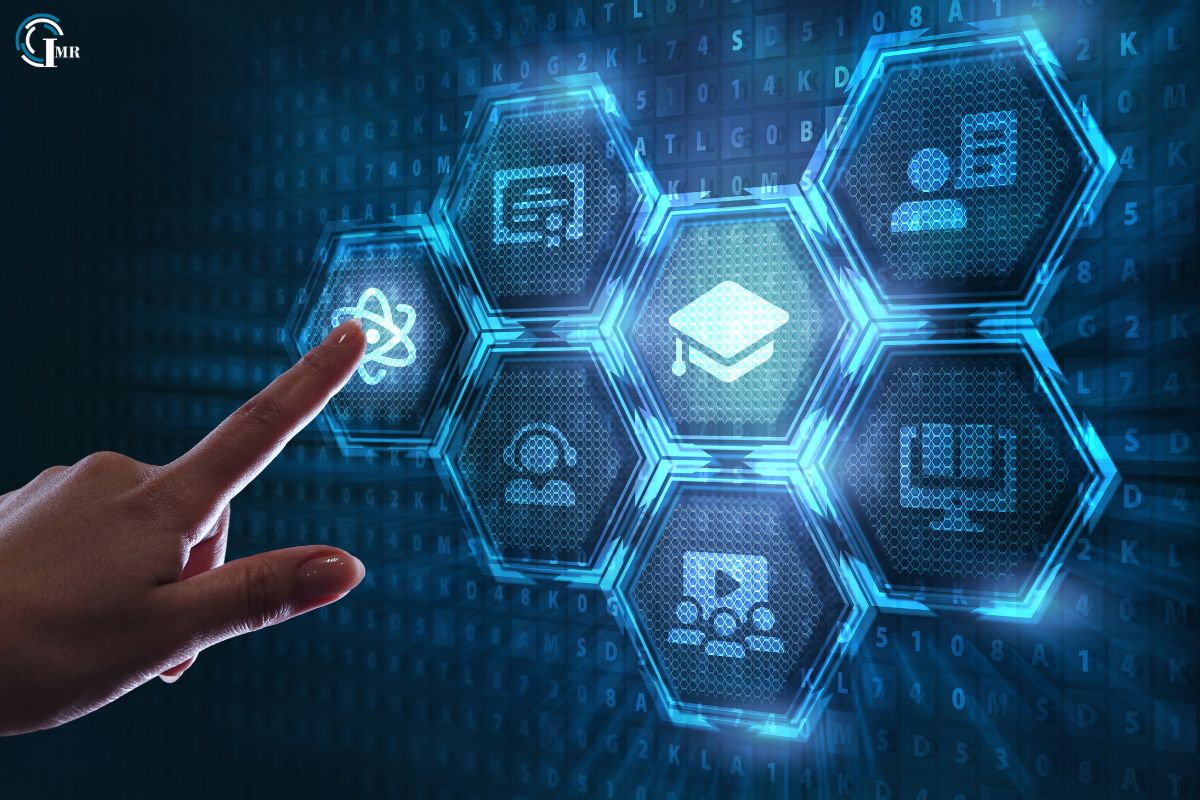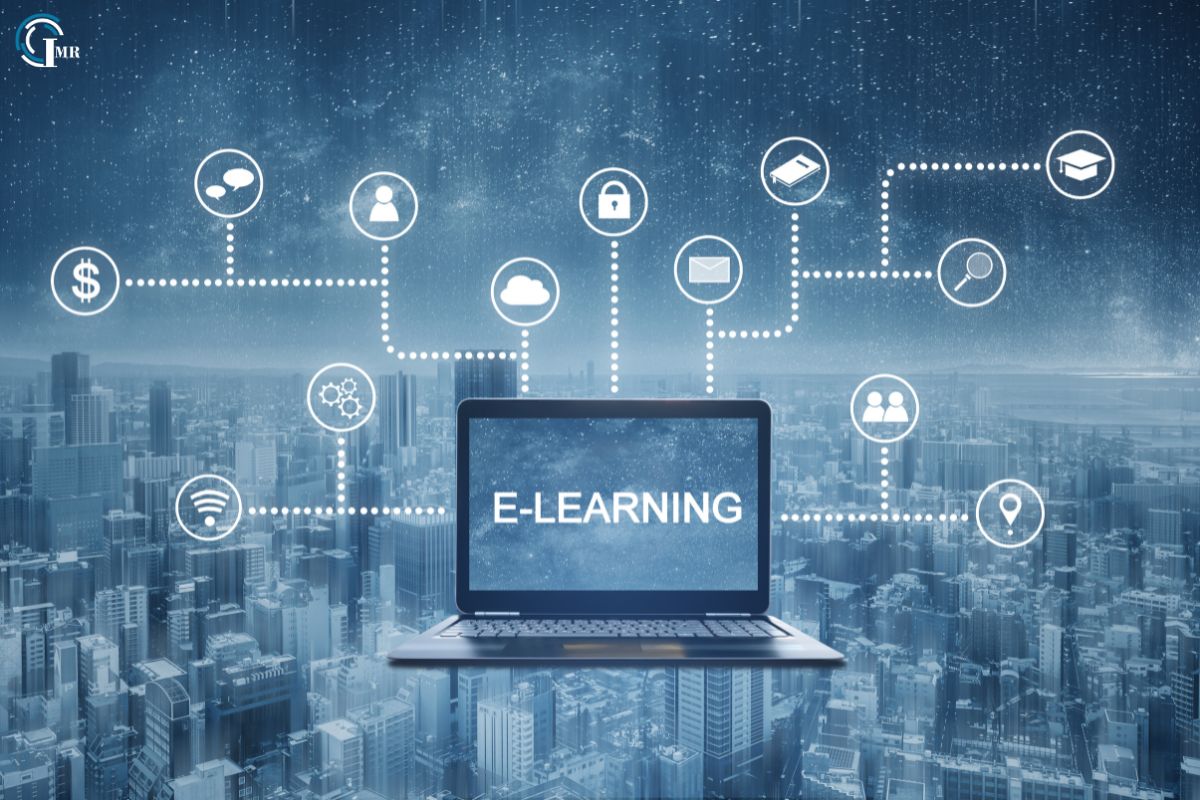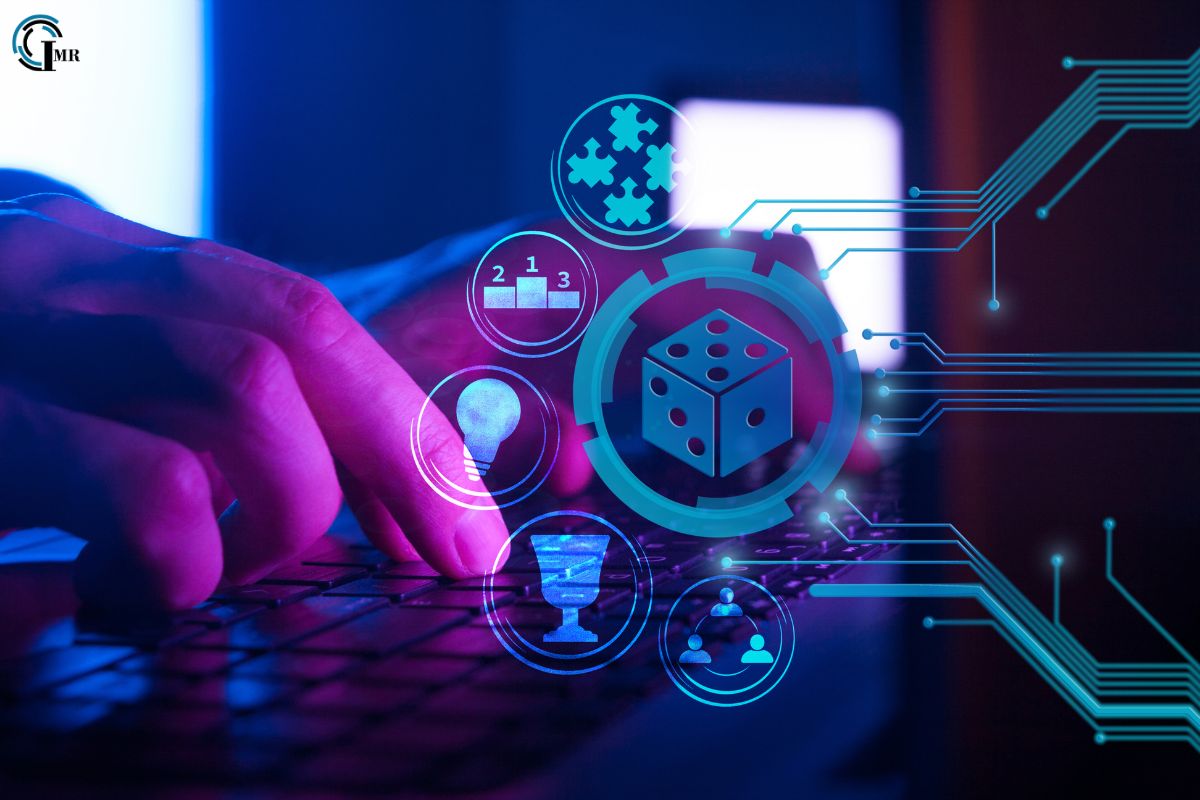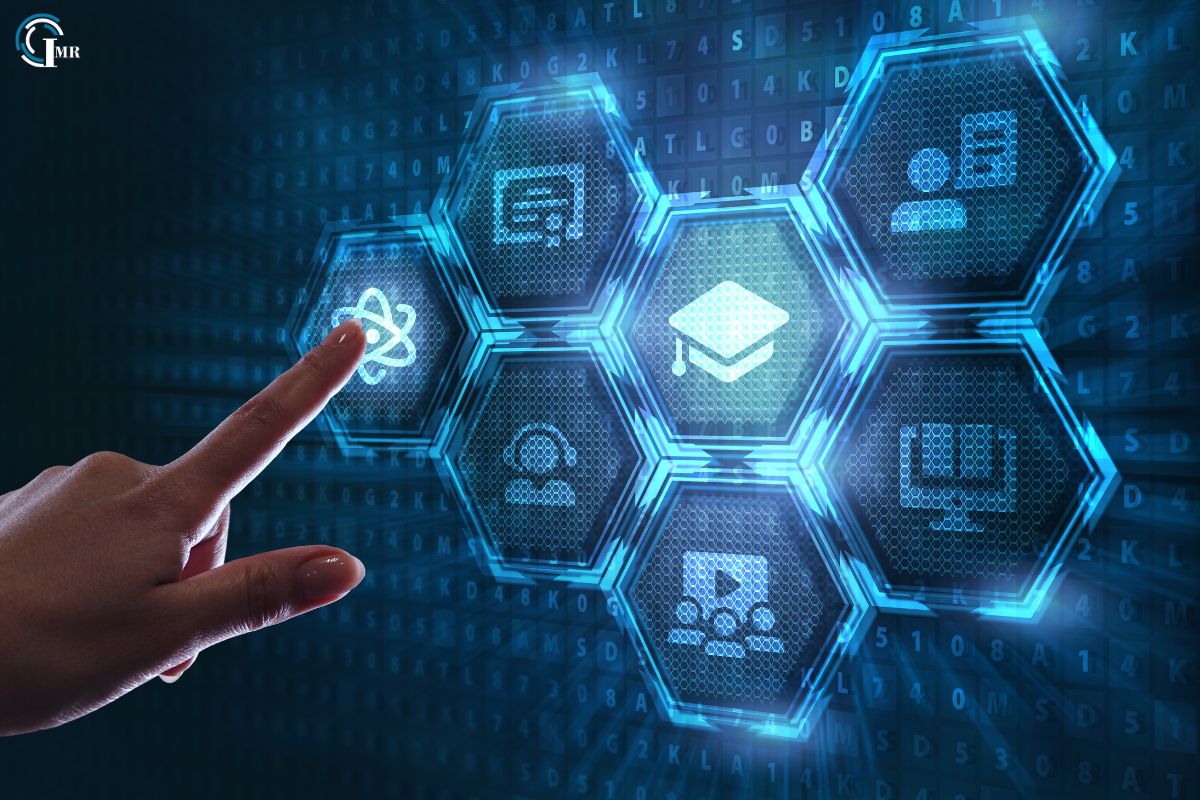What Is ELearning Technology? 5 Things You Should Know About ELearning Technology

In today’s digital age, eLearning technology has revolutionized the landscape of education and training. Understanding its fundamentals and nuances is essential for educators, learners, and businesses alike. This article explores the definition, components, benefits, challenges, and future trends of eLearning technology to provide a comprehensive understanding of its impact and potential.eLearning technology refers to the use of electronic technologies to deliver educational curriculum outside of a traditional classroom. It encompasses a range of tools and platforms designed to facilitate learning through digital means, including online courses, virtual classrooms, and interactive multimedia content.
Here are 5 Things You Should Know About eLearning Technology
1. Core Components
- Learning Management Systems (LMS): Centralized platforms that manage course administration, delivery, and tracking of learner progress.
- Virtual Classrooms: Online environments that simulate traditional classrooms, allowing real-time interaction between instructors and learners.
- Multimedia Content: Educational materials that integrate text, audio, video, and interactive elements to enhance engagement and comprehension.
- Assessment Tools: Methods for evaluating learner performance, including quizzes, exams, and simulations.
- Mobile Learning (mLearning): Accessing educational content and resources via mobile devices, enabling learning anytime, anywhere.
2. Benefits
- Accessibility: Enables learners to access educational resources remotely, breaking down geographical barriers.

- Flexibility: Allows for self-paced learning and personalized educational experiences tailored to individual needs.
- Cost-effectiveness: Reduces costs associated with traditional learning methods, such as travel and printed materials.
- Scalability: Accommodates large numbers of learners without compromising the quality of education delivery.
- Enhanced Learning Outcomes: Improves retention rates and knowledge acquisition through interactive and adaptive learning techniques.
3. Challenges in Implementing
- Technological Infrastructure: Requires robust internet connectivity and IT support for seamless operation.
- Digital Literacy: Ensuring learners and educators possess adequate digital skills to navigate and utilize eLearning platforms effectively.
- Engagement and Motivation: Addressing potential challenges in maintaining learner engagement and motivation in virtual learning environments.
- Data Security: Protecting sensitive learner data from cybersecurity threats and ensuring compliance with privacy regulations.
- Equity in Access: Bridging the digital divide to ensure all learners have equal access to eLearning opportunities.
4. Future Trends
- Artificial Intelligence (AI): Integration of AI for personalized learning experiences and data-driven insights.
- Virtual Reality (VR) and Augmented Reality (AR): Immersive technologies enhancing experiential learning and simulations.
- Microlearning: Bite-sized learning modules catering to short attention spans and on-demand learning needs.
- Gamification: Incorporation of game elements to increase engagement and motivation among learners.
- Adaptive Learning: Customization of learning paths based on individual learner performance and preferences.

eLearning technology has permeated various sectors beyond traditional education, demonstrating its versatility and impact:
- Corporate Training: Organizations utilize eLearning platforms for employee onboarding, compliance training, and professional development programs. These platforms provide consistent training materials across global teams, fostering skill development and organizational alignment.
- Healthcare: Medical professionals benefit from eLearning through virtual simulations, continuing medical education (CME) courses, and telemedicine training. These resources enhance clinical skills, patient care, and medical knowledge dissemination.
- Government and Public Sector: Governments employ eLearning for civil service training, public safety education, and citizen engagement initiatives. It facilitates efficient delivery of information and enhances workforce readiness in diverse public sector roles.
- Nonprofit and NGOs: Nonprofit organizations leverage eLearning to train volunteers, disseminate awareness campaigns, and empower communities with essential skills. It promotes capacity building, sustainability, and social impact initiatives globally.
5. Innovations Driving the Future
- AI-Powered Personalization: Advanced AI algorithms analyze learner data to customize learning experiences, recommend personalized content, and predict future learning needs. This adaptive approach enhances engagement and knowledge retention.
- Blockchain for Credentialing: Blockchain technology ensures secure and verifiable certification and credentialing processes, establishing trust and transparency in educational achievements and professional credentials.
- Big Data Analytics: Data-driven insights from learner behavior and performance metrics enable educators to optimize course content, instructional strategies, and learning outcomes. Analytics also facilitate predictive modeling for proactive intervention and improvement.
- Mobile-first Solutions: With the proliferation of smartphones and tablets, eLearning platforms prioritize mobile-friendly interfaces and apps. Mobile-first design enhances accessibility, convenience, and seamless learning experiences on the go.
- Virtual Reality (VR) and Augmented Reality (AR): Immersive technologies revolutionize experiential learning with realistic simulations, virtual laboratories, and interactive training scenarios. VR and AR applications enhance engagement, spatial awareness, and hands-on learning in fields like engineering, architecture, and vocational training.
The Role of eLearning Technology in Remote and Hybrid Learning Models
The COVID-19 pandemic accelerated the adoption of remote and hybrid learning models, underscoring the critical role of eLearning technology in ensuring continuity of education:

- Remote Learning: Virtual classrooms, video conferencing tools, and cloud-based collaboration platforms enabled seamless transition to remote learning environments during global disruptions. Educators leveraged eLearning technology to maintain instructional continuity and support student engagement remotely.
- Hybrid Learning: Combining in-person instruction with online components, hybrid learning models offer flexibility and personalized learning experiences. eLearning technology facilitates blended learning approaches that cater to diverse learning preferences and optimize educational outcomes.
Addressing Challenges and Enhancing Accessibility in eLearning
a. Digital Inclusion Initiatives: Bridging the digital divide through equitable access to devices, internet connectivity, and digital literacy resources ensures inclusive eLearning environments for all learners.
b. User Experience Design: Intuitive interface design, accessibility features, and responsive layouts enhance usability and navigation across eLearning platforms. User-centric design principles prioritize learner engagement, satisfaction, and accessibility compliance.
c. Cybersecurity Measures: Implementing robust data encryption, authentication protocols, and cybersecurity awareness training safeguards sensitive learner information from cyber threats and data breaches.
d. Continuous Professional Development: Educators and instructional designers undergo ongoing training and professional development to leverage emerging eLearning technologies effectively. Continuous learning enhances instructional strategies, technology integration, and pedagogical innovation in eLearning environments.
Conclusion
In conclusion, eLearning technology continues to evolve as a catalyst for educational transformation and lifelong learning. Understanding its components, applications across sectors, and innovations driving future advancements is crucial for stakeholders navigating the digital landscape of education. By embracing technological innovations, addressing implementation challenges, and prioritizing inclusive access, eLearning technology will continue to shape the future of learning, workforce development, and global education initiatives.





Comments